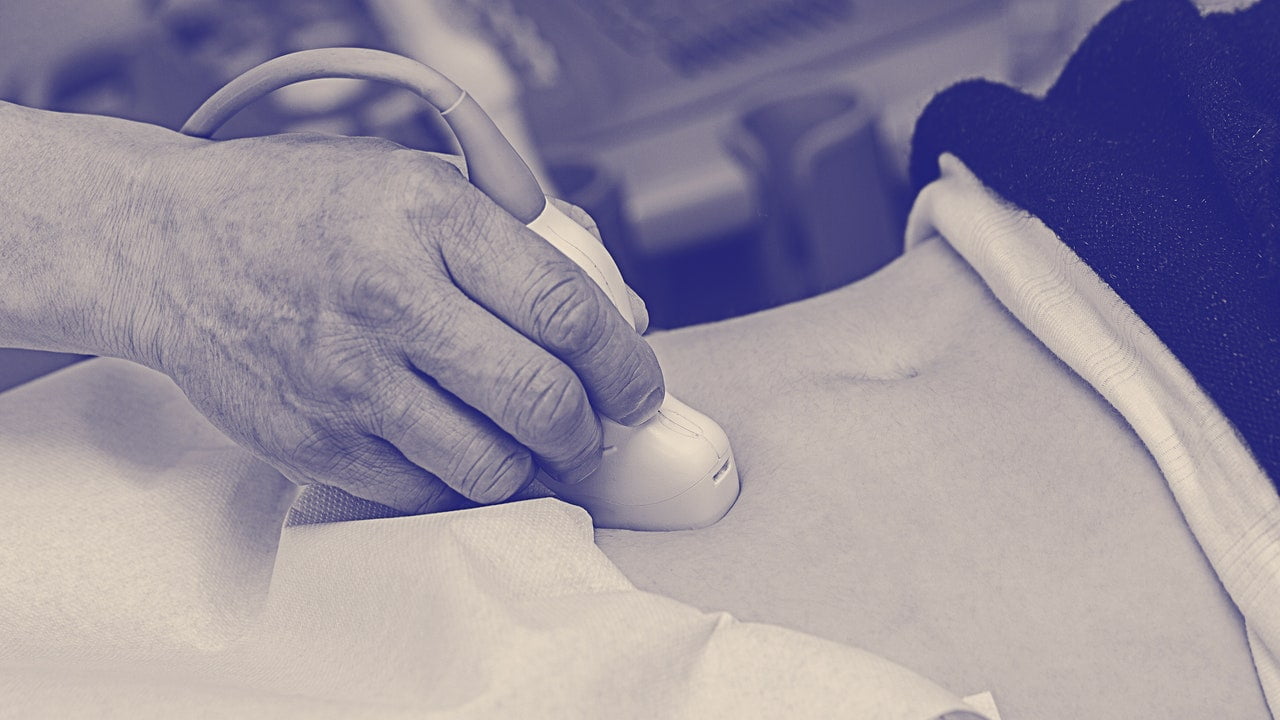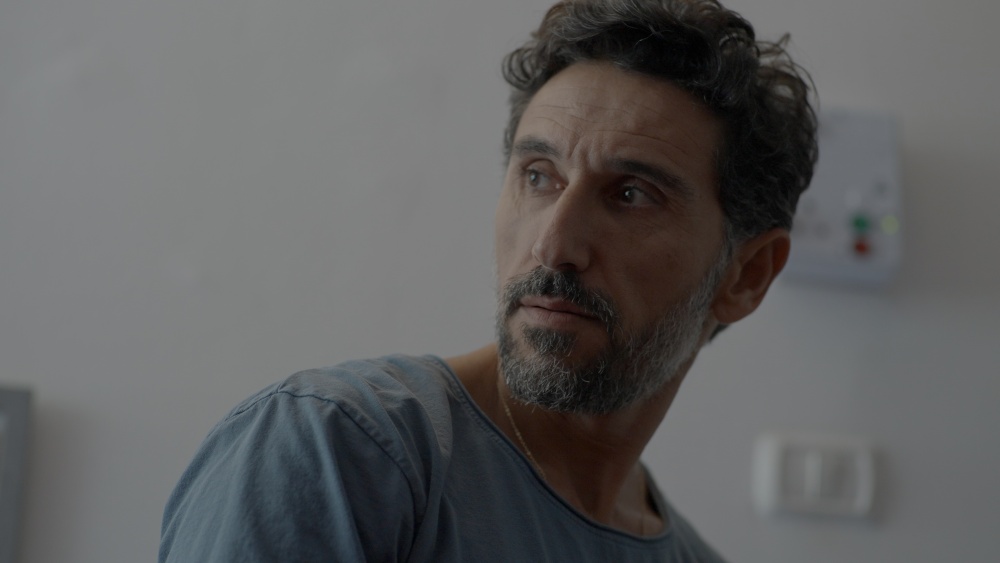The Disastrous Potential of the Texas Abortion-Pill Ruling

Last week, two federal judges issued conflicting rulings on the abortion drug mifepristone, setting the stage for a clash that is likely to end up in the Supreme Court. First, a judge in Texas ruled that mifepristone would be banned nationwide in seven days. Then, a judge in Washington ordered the F.D.A. not to make any changes to the availability of the drug, which the agency approved for use more than two decades ago and which has an extensive safety record. While the legal process unfolds, abortion providers and health professionals are caught in limbo, exacerbating the challenges they have faced since last year’s Dobbs decision.
I recently spoke by phone with Jody Steinauer, the director of the Bixby Center for Global Reproductive Health at the University of California, San Francisco, to better understand how abortion care changed after Dobbs and what a ban on mifepristone would mean for women’s health care. Our conversation, edited for length and clarity, is below.
How might a ban on mifepristone affect reproductive health, and how could it impact the jobs and training of medical professionals?
This is just another attempt to limit access for people who need abortion care. There’s a strong evidence base for mifepristone—and for the safety of mifepristone followed by misoprostol. We do have the option of using misoprostol without the pretreatment of mifepristone, and so there are ways around [a ban]. But lots of systems are going to have to change protocols, which is going to lead to confusion for patients and confusion for providers.
Again, this will just put another obstacle in place for people who provide the care that patients need and for patients to get that care. In terms of medical students and residents learning to provide abortion care, it adds a bunch of confusing structures. We’ve spent so much time trying to make sure that every doctor graduates meeting the core requirements of knowledge of different methods of abortion. This is going to be yet another dimension that we’re going to have to teach them.
And what will misoprostol-only abortion mean in practice? How is it different?
It’s not going to be that much different than mifepristone and misoprostol. Generally, there are a bunch of protocols out there, and misoprostol is used safely by itself around the world by people who need abortion care. It’s generally a little bit of a higher dose: usually at least two doses of misoprostol instead of just one dose of misoprostol when paired. Clinics and hospitals will just have to make sure that they have enough misoprostol available, and they’ll have to change a lot of their patient-education materials, and all of those kinds of things.
You wrote in an op-ed last year that if health-care professionals are “not in a place that stocks mifepristone, which is used for medication abortion, they may not learn how to medically manage a miscarriage using the most effective medication.” Can you talk more about what you meant?
When we teach people to provide abortion care, there are also skills that we use for pregnancy-loss care. Medical management for miscarriage is the same as medical management for abortion, or what we call medication abortion. In states where we’re unable to provide that care for patients, we’re also unable to teach residents how to do it. We’ll have to go back to a misoprostol-only management of miscarriage, which, for the most part, is very effective, but not as effective as mifepristone plus misoprostol. And that’s true for abortion, too. With many doses of misoprostol you can get up close to the efficacy rate with mifepristone, but, again, it’s just making us go backward to use medications that aren’t quite as effective. We’re being forced to provide non-evidence-based care.
Is the training of young medical professionals dictated by state law, or are there national standards? In other words, can you train doctors in certain procedures even if the particular states where they’re practicing outlaw those procedures?
You can only be trained in an aspect of clinical care that you can actually provide. You can learn about aspects of medicine and clinical care from didactic training, small-group learning, and simulation, even for things like counselling and procedures. But, in terms of clinical training, the problem we’re seeing in the states that have banned abortion care is that ob-gyn residents are only rarely able to provide direct care for a patient needing an abortion, because it has to be within the state’s exceptions.
Ob-gyns are required by the Accreditation Council for Graduate Medical Education to be able to do an abortion to save someone’s life. Really, every ob-gyn has to be trained in abortion care. Of course, we take care of people with miscarriages all the time. We have to be able to provide miscarriage care, which we now more frequently call early-pregnancy-loss care. The accreditation council requires that all ob-gyn programs have routine, integrated, clinical abortion training. And there are more than eleven hundred ob-gyn residents currently training in the states with the most restrictive abortion bans. This is a national crisis in obstetrics and gynecology. We have to ask, “How can we make sure that those residents, in addition to every other resident, are trained to competence?”
If we can’t solve that problem, we’re all very worried that, for however many years these laws are in place, there will be a group of residents who are going to finish and not be able to be as competent in those skills as they could have been. They might end up practicing anywhere, not just necessarily in that state. Are they going to be able to provide the most evidence-based, patient-centered care for people who need an abortion? Or even if they personally don’t want to do abortions, do they have the skills they need to save someone’s life in an emergency? That’s kind of where we are.
Medication abortion is very simple to provide, but it does require learning to counsel patients about what to expect and also knowing, based on history, what constitutes a completed medication abortion. That’s just another piece they’ll miss out on if they can’t be providing that care directly in the states with bans.
How have you been trying to deal with training people in states with these restrictions?
Well, we can support training hospitals and institutions to provide the maximal care they can within the state law. That’s really important so that people who have pregnancy complications or significant medical disease aren’t having to leave the state for their care. We’re trying to ramp up didactic education and simulation training. Didactic training refers to lectures, small-group teaching, online teaching, online modules. Just to make sure that they are really learning everything they can outside of direct clinical care. What are the medications used for medication abortion? What are the steps of the procedures? How to minimize risk. I mean, abortion is very safe, but it is a procedure.
Simulation takes it one step further. You could have simulations around communication skills, such as the counselling that’s necessary before a medication abortion. You can learn a lot of those skills through role-play or some kind of interactive online module. Also, understanding the experience of a medication abortion so that you know when it’s likely to have been successful and complete—and under what circumstances you have to worry that someone is bleeding a little too much. A lot of those pieces can be taught through simulation.










